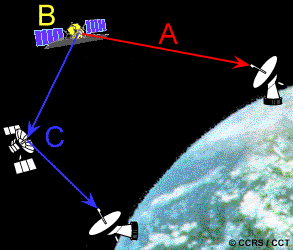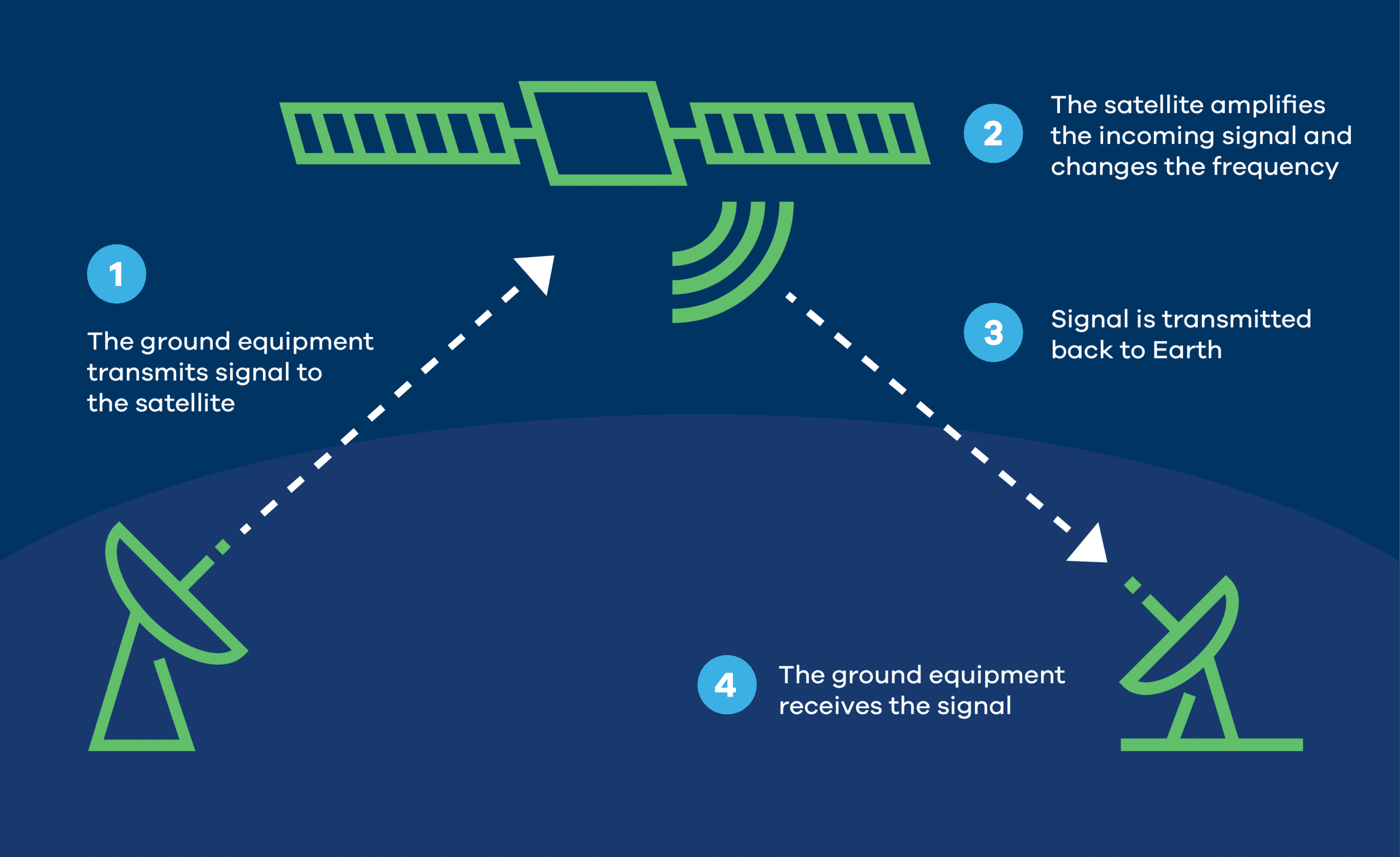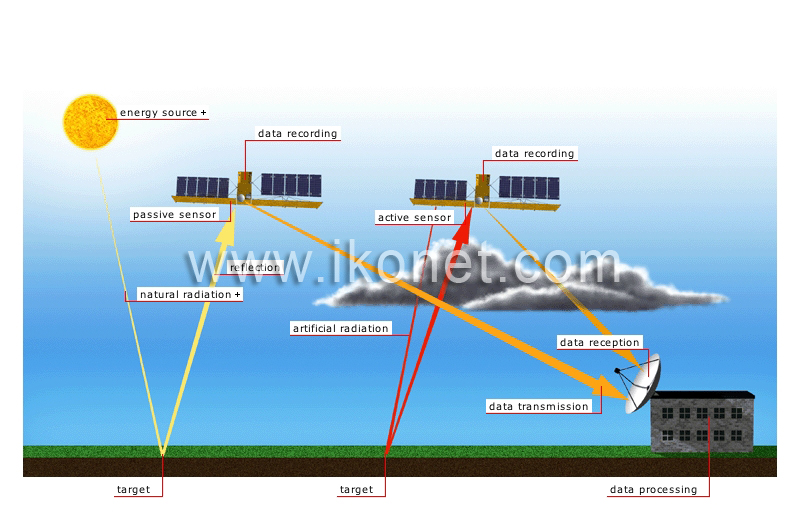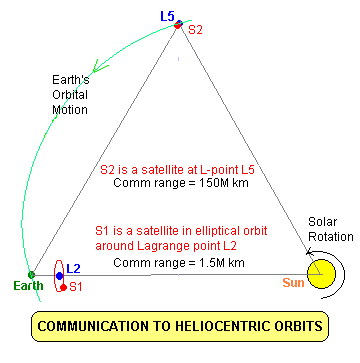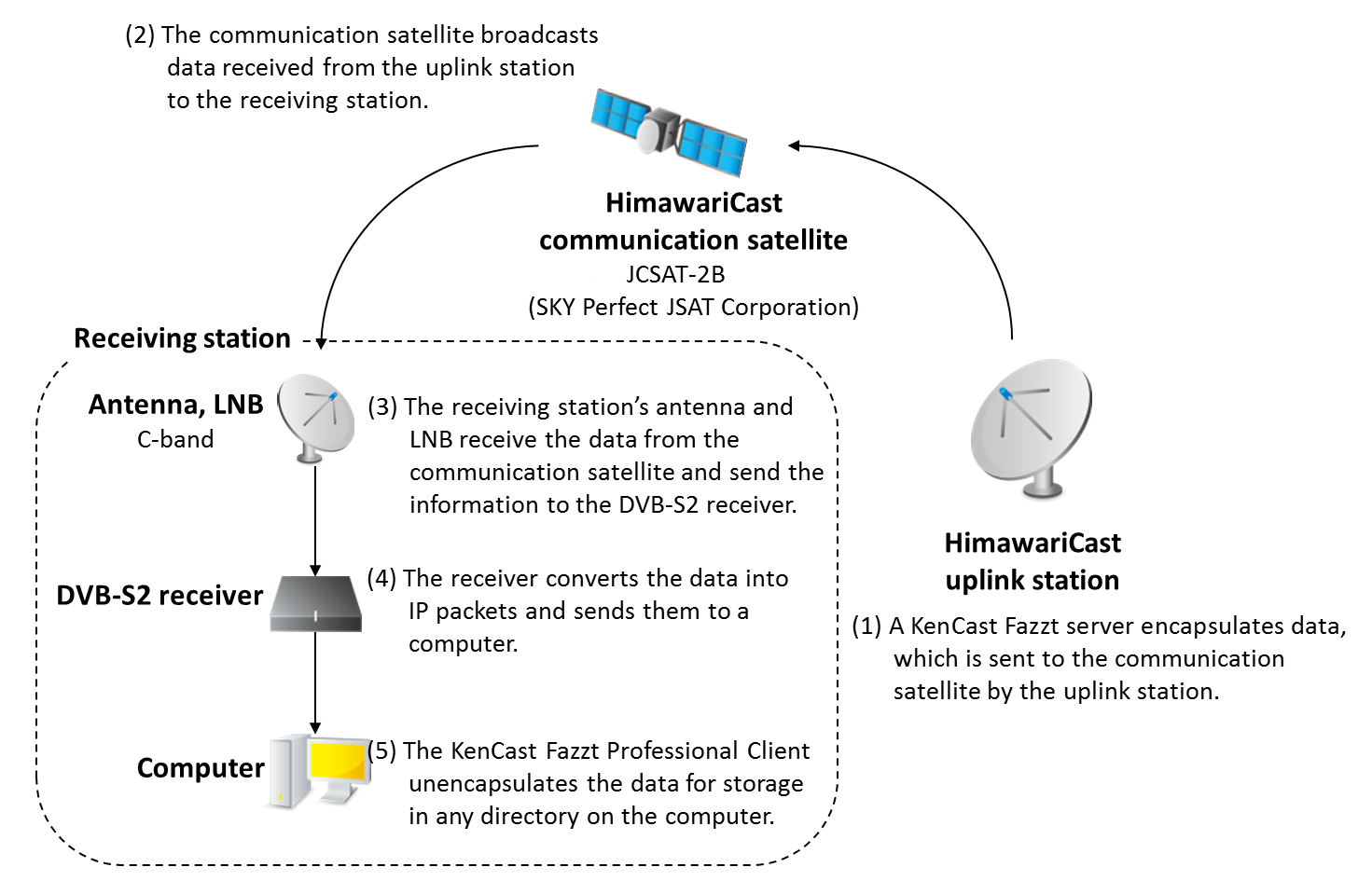Satellite Data Transmission And Reception

Using data from the closest surrounding frames.
Satellite data transmission and reception. If this is not the case the data can be recorded on board the satellite b for transmission to a grs at a later time. A communications satellite is an artificial satellite that relays and amplifies radio telecommunications signals via a transponder. A typical satellite link involves the transmission or uplinking of a signal from an earth station to a satellite. Vislink technologies award winning satellite solutions are supported by more than 30 years technical expertise.
The system from the satellite to the earth station through the channel is called the downlink. Satellite s footprint is the area which receives a signal of useful strength from the satellite. This means that a signal sent to a satellite 38 000 km away takes 0 13 s to reach the satellite and another 0 13 s for the return signal to be received back on earth. The data can be directly transmitted to earth if a ground receiving station grs is in the line of sight of the satellite a.
Examples of such channels are copper wires optical fibers wireless communication channels storage media and computer buses. Data transmission and data reception is the transfer and reception of data over a point to point or point to multipoint communication channel. The ground segment which consists of fixed or mobile transmission reception and ancillary equipment and the space segment which primarily is the satellite itself. Communications satellites are used for television telephone radio internet and military applications.
There are three main options for transmitting data acquired by satellites to the surface. Satellite signals have a pretty long path to follow before they appear on your tv screen in the form of your favorite tv show. The data are represented as an electromagnetic signal such as an electrical voltage radiowave microwave or infrared signal. It creates a communication channel between a source transmitter and a receiver at different locations on earth.
The transmission system from the earth station to the satellite through a channel is called the uplink. Each satellite is equipped with various transponders consisting of a transceiver and an antenna tuned to a certain part of the allocated spectrum. Many are in geostationary orbit 2. Due to its high altitude satellite transmissions can cover a wide area over the surface of the earth.
Because satellite signals contain such high quality digital data it would be impossible to transmit them without compression. They ensure robust secure communications whilst delivering low transmission costs for any organisation that needs high quality reliable satellite transmission. Analog or analogue transmission is a transmission method of conveying voice data image signal or vi. After the video is compressed.
The incoming signal is amplified and then rebroadcast on a different frequency. The satellite picks up the signal with an onboard dish amplifies the signal and uses another dish to beam the signal. There are about 2 000 communications satellites in earth s orbit used by both private and government organizations.

